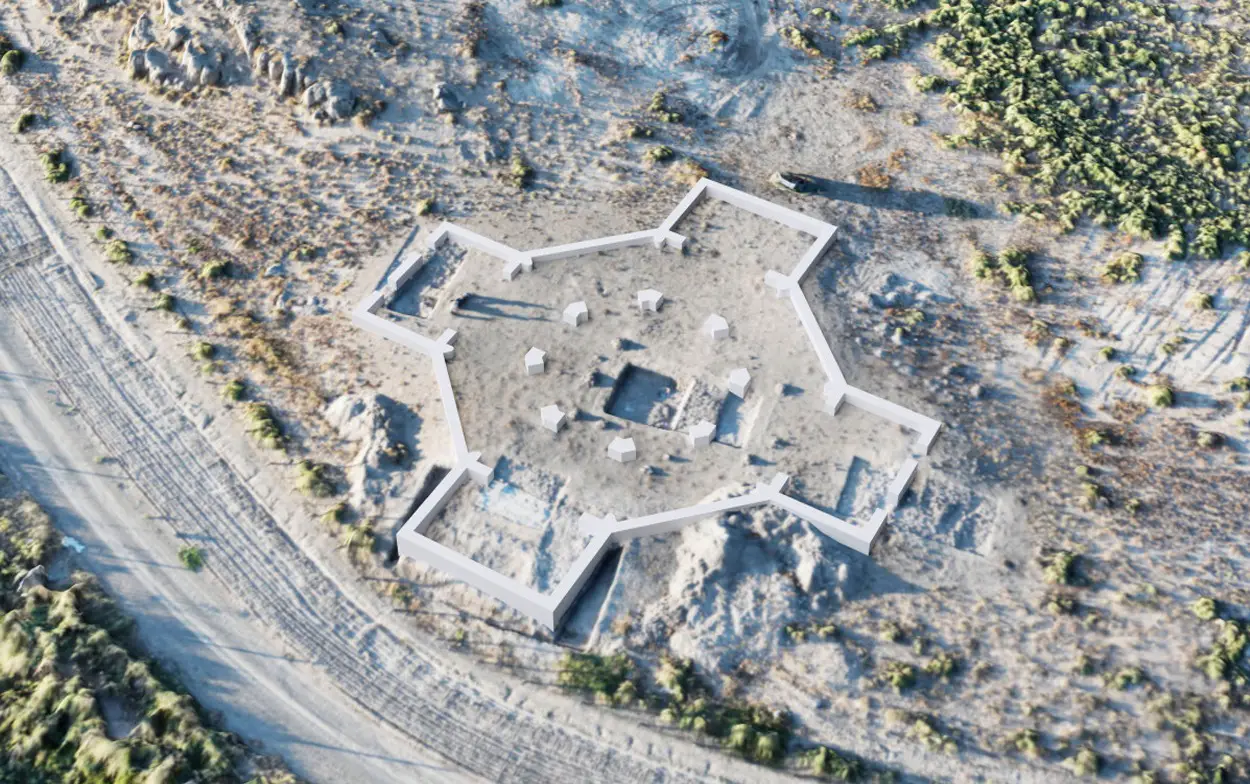Archaeologists from the National Academy of Sciences of Armenia and the University of Münster have uncovered the remains of an early Christian church in Artaxata, the former capital of the Kingdom of Armenia.
Artaxata, also known as Artashat, was founded in 176 BC during the reign of Artaxias I, the founder of the Artaxiad dynasty.
Ancient Greek writers such as Strabo and Plutarch referred to Artaxata as the “Armenian Carthage,” highlighting the city’s significance as a major trading hub located on trade routes connecting Persia and Mesopotamia with the Caucasus, Black Sea ports, and Asia Minor.
Conflicts with the Romans and Persians saw Artaxata destroyed and rebuilt several times, before finally being abandoned in the 5th century AD following the Armenian rebellion of AD 450–451.
Recent excavations have uncovered an octagonal structure with cruciform extensions that is consistent with the typology of early Christian buildings. The structure measures 30 metres in diameter and had a mortar floor and wooden platforms dated to the mid-4th century AD.
“The 4th century building is the oldest archaeologically documented church in the country – sensational evidence for early Christianity in Armenia,” said Professor Achim Lichtenberger of the University of Münster.
“Octagonal churches were unknown here until now, but we are very familiar with them from the Eastern Mediterranean region, where they first appeared in the 4th century AD,” added Dr Mkrtich H. Zardaryan of the National Academy of Sciences of Armenia.
According to tradition, Gregory the Illuminator, the founder and first official head of the Armenian Apostolic Church converted the Armenian King Tiridates III to Christianity in Artaxata in AD 301 AD, establishing Armenia as the first Christian nation.
Header Image Credit : Armenian-German Artaxata Project
Sources : University of Münster







